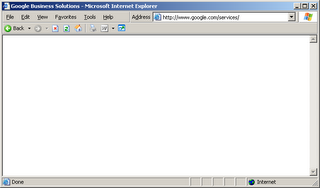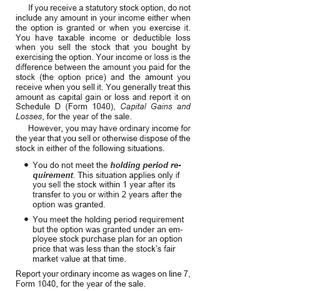Thursday, January 17, 2008
Windows Vista and the Hawking HNAS1
If you're running a version of Vista that cannot use secpol.msc, you can edit the registry instead. Just change the value of HKEY_LOCAL_MACHINE\SYSTEM\CurrentControlSet\Control\Lsa\LMCompatibilityLevel from a 3 to a 1.
I ran regedit, made the changes, rebooted, and could then map the drive using the net use command. My only issues are that net view \\myserver still gives a "System error 1728 has occurred. A remote procedure call (RPC) protocol error occurred" error. And of course, since Vista is made by Microsoft, the /persistent:yes flag for net use doesn't save the password, so I have to type the password again after I reboot. But at least I can map drives to network shares!
Labels: HNAS1 Hawking Vista
Wednesday, August 08, 2007
WebLogic plugin woes
Wednesday, March 14, 2007
Still stumbling around Unix
If you want to use bash as a login shell, you first have to add it to the
list of shells in /etc/security/login.cfg. Then use `chsh` to change your
individual setting.
I also created a symlink from /bin/bsh to /bin/bash
Thursday, September 28, 2006
Can Google afford to test its own site?

 The Google home page is probably the most valuable web real estate. One would think that Google would want to make sure that every service accessible via the Google home page is working 24/7/365. As of this writing, though, this is not the case. The "Business Solutions" link on the Google home page shows nothing in the browser window. I've tried using Firefox 1.5.0.7 and IE 6.0 with all the latest fixes.
The Google home page is probably the most valuable web real estate. One would think that Google would want to make sure that every service accessible via the Google home page is working 24/7/365. As of this writing, though, this is not the case. The "Business Solutions" link on the Google home page shows nothing in the browser window. I've tried using Firefox 1.5.0.7 and IE 6.0 with all the latest fixes.-> Update 2/13/07: The Google site was fine; the problem was on my side, where I was blocking some of Google's servers to keep them from serving me ads.
Wednesday, April 19, 2006
Windows scrolling down by themselves
Thursday, April 06, 2006
Connected DataProtector - will it stay hidden?
How do I keep it from reappearing? Or am I destined to have this icon constantly reappearing, mocking my efforts to close it?
Update: 19 April 06: The "Close System Tray" icon doesn't just remove the system tray icon: it kills the application also. There must be some background process that restarts the application when it goes down, so that makes the system tray icon reappear. Hint to Connected: you might want to change the menu selection to "Exit", because that's what it does.
Tuesday, December 27, 2005
Finally got Gaim displaying on Win32
Finally, today, I took another look at Gaim. Right in the FAQ there was an entry for "If you use 0.75 or higher on win32, try deleting tcl.dll". I tried it out, and it worked. Furthermore, no ill effects from deleting this DLL have been observed. So why is it installed in the first place?
Friday, August 05, 2005
Learning more Solaris tips and tricks
I also learned how to use the sudo command, and how to start a VNC server on Solaris. What I didn't find was a decent, free X server that worked on my Windows XP machine. I tried X-Deep, MI-X, and Cygwin/X, but none of them could open a window.
Thursday, June 30, 2005

All was well. Or so I thought.
I also got a 1099 from CitiGroup, saying that CitiGroup had sold shares on my behalf. I didn't think much of it, because the income from this sale was on my W-2. I didn't make any mention of this 1099 on my income taxes.
Big mistake.
Fast-forward to June 2005. Somewhere between the end of 2003 and June 2005, CitiGroup reported the amount from the stock sale to the IRS. They reported the gross amount from the sale of the shares. They did not report the amount that I had spent to buy the shares from them when I exercised the options (a millisecond before I sold the shares). From CitiGroup's report, one would think that a little birdie gave me the stock. The IRS gets CitiGroup's report and thinks, "Hey, this guy made a ton of money by selling shares and didn't report any of it to us. Let's audit him." Which is exactly what they did.
So now I have to write a letter to the IRS saying that, no, I didn't actually get the stock from a little birdie, I bought it from CitiGroup a millisecond before I sold it. I also have to fill out an amended Schedule D saying that I had sold shares, but made no money off of them. (I can't say that I made money, because I already reported that money as income, and I have no desire to pay taxes twice on the same money). The way to do this is to report on Schedule D that I sold the shares, but the cost basis was the same as the sale price. How do I do this when I really made money on the sale? I have to increase the amount that I paid for the shares by the amount of income I received from the transaction. Does this make sense? If it does, when did you get your CPA?
I found some very helpful web sites on the topic. After the fact, of course. I now I have to clean up the mess.